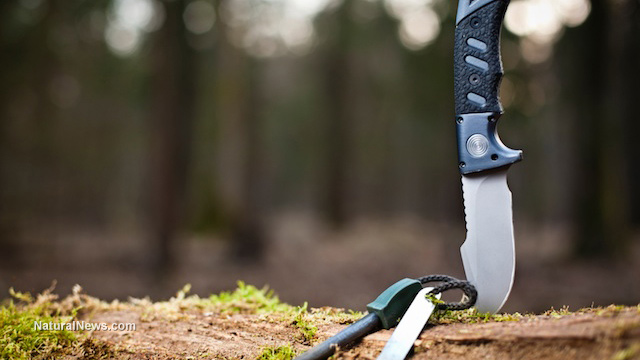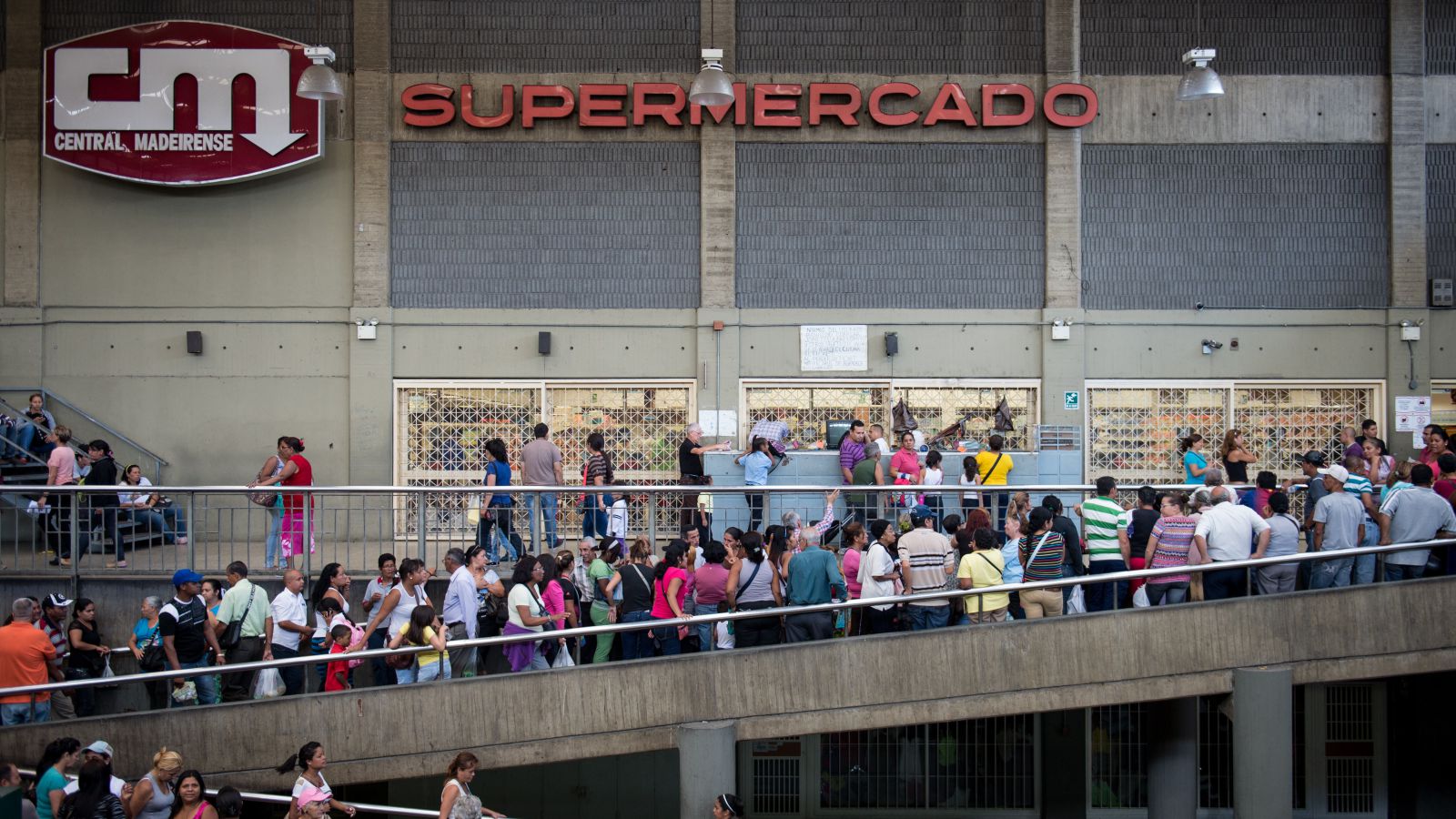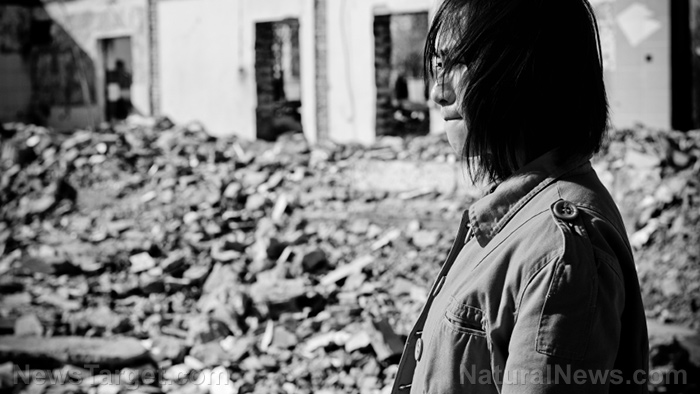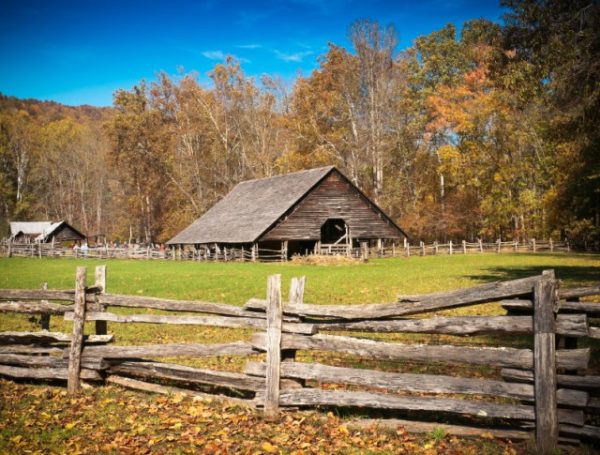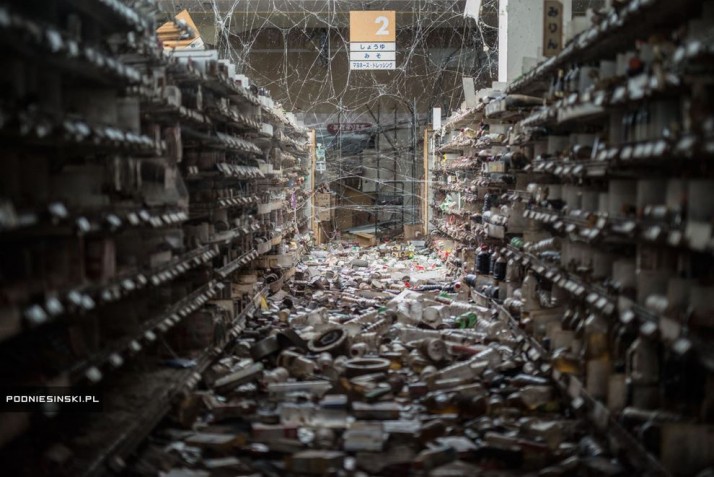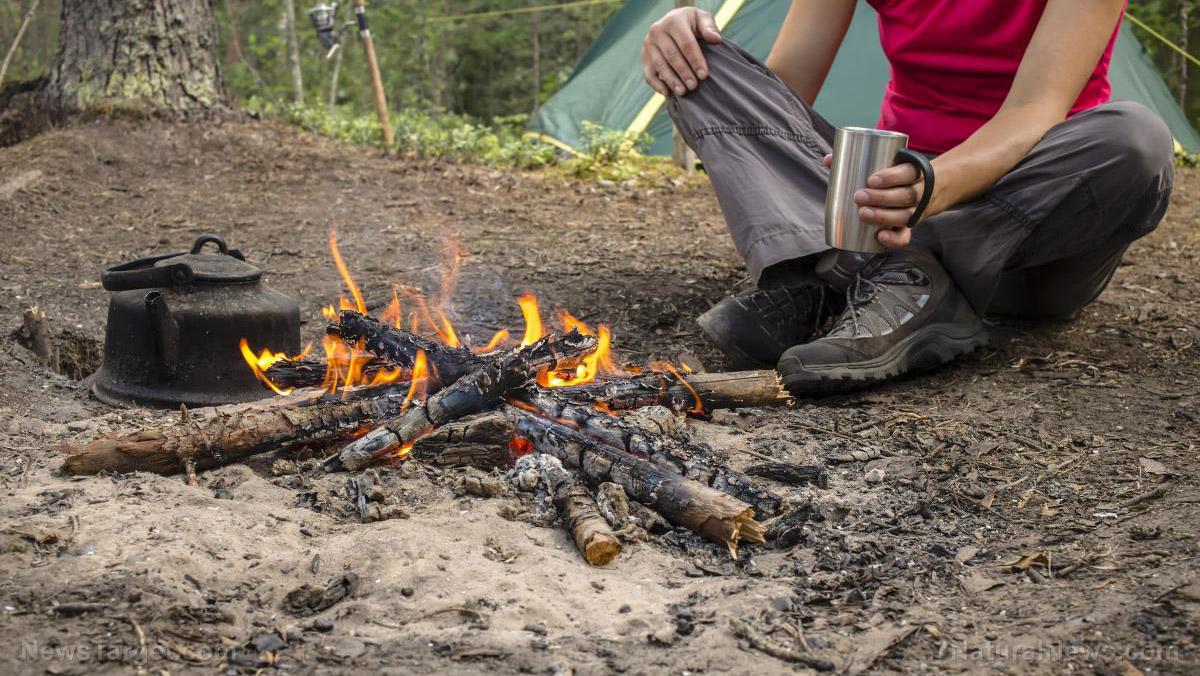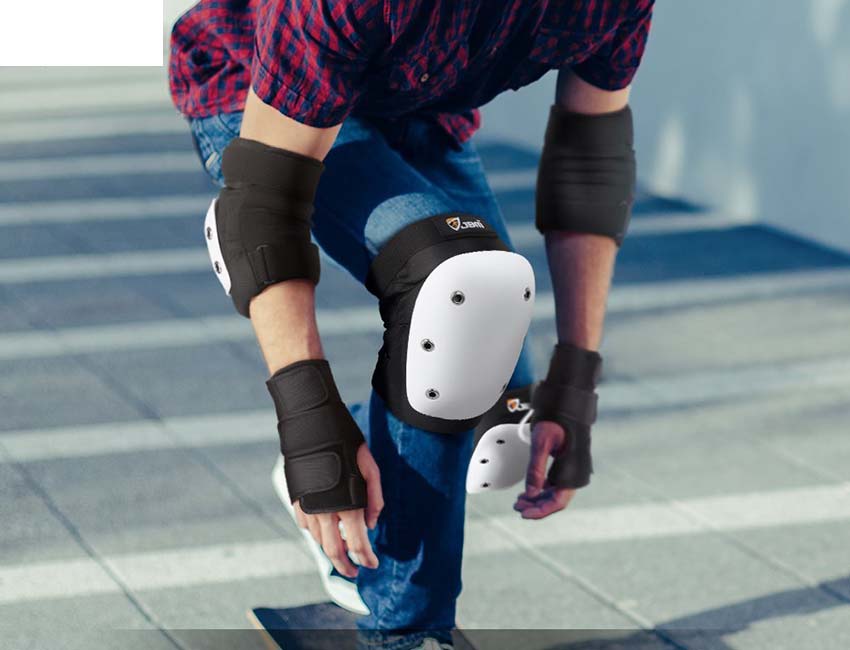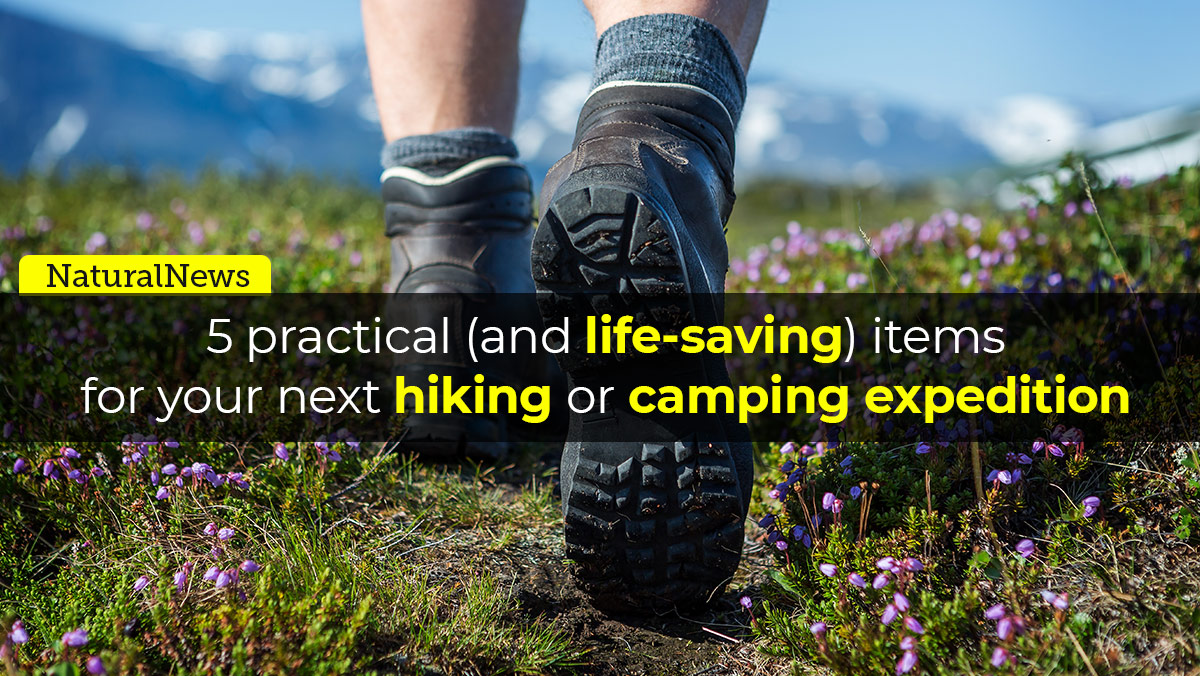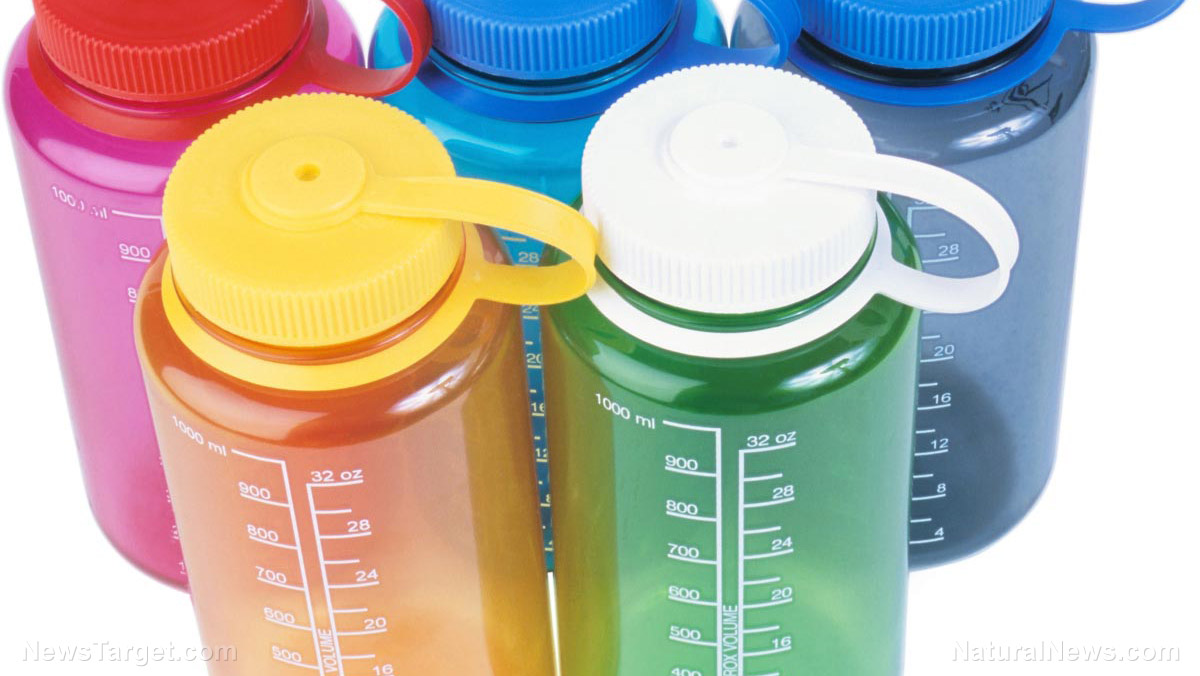Learning from Cape Town’s countdown to “Day Zero:” How to survive without tap water
02/28/2018 / By David Williams

Maybe you’ve heard about certain drought-stricken cities or states in the U.S., and you’ve thought to yourself, it couldn’t possibly get any worse, right? Well, perhaps in the U.S. it can’t, but in other places, like Cape Town in South Africa, the problem can be so much worse.
The situation in Cape Town is said to be so bad now that there is an ongoing countdown to what they call “Day Zero,” when the city finally runs out of water and it will need to be rationed by the government to the people each day. This kind of dire situation may not befall citizens of the U.S. anytime soon, but it would be great to have know-how required to survive it.
Again, the water situation in some parts of the U.S. may not be that bad, but in case things ever go south in a big way, you’ll be glad to know that you’ve read up on how exactly you can stay alive despite a shortage of water. You can use the following tips in order to stay on top of things in case your own personal “zero-day” ever happens.
There are three main things that you need to keep in mind if you want to stay alive during times of extreme drought. First things first, you should know how to stockpile water. Then, you should also develop a means of harvesting water for later use. Finally, you should have a method of purifying water after you have collected it. With these three, you should be able to make it far in a world with a limited water supply.
When it comes to stockpiling water, you should know that it’s one of the hardest tasks you may ever need to accomplish. Not because it’s such a complicated thing to do, but simply because you’re going to need to gather a large amount of water for your stockpile for a start.
To do this, you need a container of some sort. If it’s possible for you to use an underground cistern or some kind of private water tower, then you should go for those. However, for a practical solution, go with an above-ground swimming pool or something similar, which you can then fill with chemicals that are used to clean water for swimming, as they would effectively make the water safe for drinking at the same time.
Next, you need to have an understanding of how to harvest water. The two most basic ways of harvesting water are through rainwater capture and by putting water in a well. Both options involve certain legal consequences that you may need to worry about at some point if you choose either of them. If neither of them proves viable for you, you may want to consider using certain technologies that would allow you to extract water from the air. Foggy areas with high levels of humidity are perfect for this, but your own results may vary.
Finally, a method of purifying water should be available to you especially if you’ve found a successful way of harvesting any amount of water. For an easy way, use filter cartridges in a simple water filter system, so that you can make sure that your drinking water is at least safe enough to drink. Otherwise, water that you intend to use for other purposes like bathing, cleaning your restrooms, or gardening, don’t need to be purified at all.
Besides simply doing one or all of the above tasks, you should make it a point to conserve water whenever you can. If the point of learning the above is to help you make the most out of the limited water that you can get your hands on, then an actual effort to conserve water will help you even more. If everyone can remember that, maybe water wouldn’t need to be rationed out in the first place.
Find out easy ways to purify water in WaterFilters.news.
Sources include:
Tagged Under: Cape Town, chaos, city life, Collapse, disaster, Drought, preparedness, survival, tap water, water, water conservation, water supply



